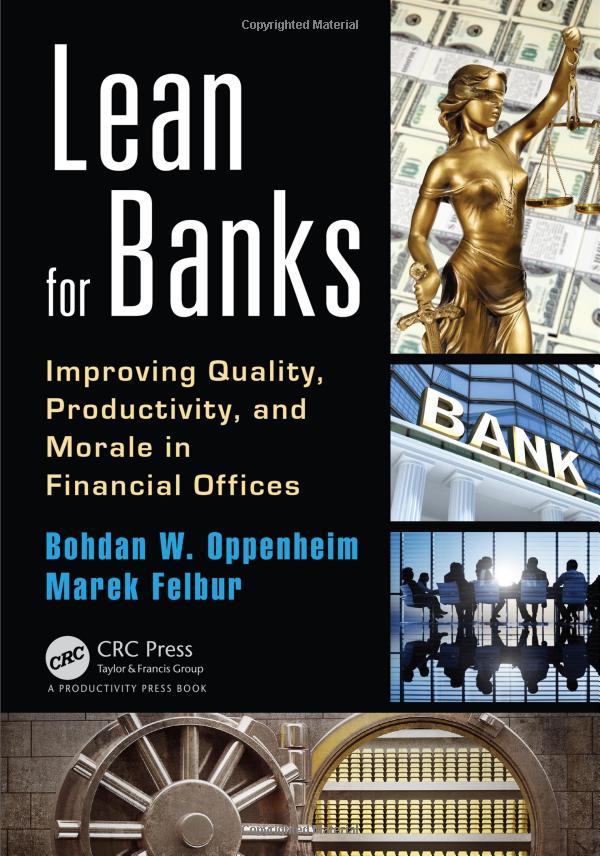Understanding A Bank Loan: What Form of Financing Is It and How Does It Work?
#### A Bank Loan Is What Form of FinancingA bank loan is a form of financing that individuals and businesses can utilize to meet various financial needs. In……
#### A Bank Loan Is What Form of Financing
A bank loan is a form of financing that individuals and businesses can utilize to meet various financial needs. In essence, it is an agreement where a bank lends money to a borrower, who agrees to repay the loan amount along with interest over a specified period. This arrangement is crucial for funding significant purchases, such as homes, cars, or business expansions, making it a vital component of personal and commercial finance.
#### Types of Bank Loans
There are several types of bank loans available, each serving different purposes and having distinct terms and conditions. Here are some common categories:
1. **Personal Loans**: These are unsecured loans that individuals can use for various personal expenses, such as debt consolidation, medical bills, or vacations. Since they are unsecured, they typically come with higher interest rates compared to secured loans.
2. **Mortgage Loans**: These loans are specifically designed for purchasing real estate. They are secured by the property itself, meaning if the borrower fails to repay, the bank can seize the property through foreclosure. Mortgages usually have longer repayment terms, often ranging from 15 to 30 years.
3. **Auto Loans**: These loans are used to finance the purchase of a vehicle. Similar to mortgages, they are secured by the vehicle, allowing lenders to repossess it if the borrower defaults on payments.
4. **Business Loans**: These loans cater to entrepreneurs and businesses looking to finance operations, expansion, or equipment purchases. Business loans can be secured or unsecured, depending on the lender's requirements and the borrower's creditworthiness.
#### The Loan Application Process

Obtaining a bank loan typically involves several steps:
1. **Application**: The borrower submits a loan application, providing personal and financial information, including income, credit history, and the purpose of the loan.
2. **Credit Check**: The bank conducts a credit check to assess the borrower's creditworthiness. A higher credit score increases the likelihood of approval and may result in better interest rates.
3. **Approval**: If the application meets the bank's criteria, the loan will be approved. The bank will then present the borrower with the loan terms, including the interest rate, repayment schedule, and any fees associated with the loan.
4. **Funding**: Upon acceptance of the terms, the bank disburses the loan amount to the borrower, who can then use the funds as intended.
5. **Repayment**: The borrower is responsible for making regular payments, which typically include both principal and interest. Timely payments are crucial to maintaining a good credit score and avoiding penalties.
#### Advantages and Disadvantages

Like any financial product, bank loans come with both advantages and disadvantages.
**Advantages**:
- **Accessibility**: Bank loans provide access to large sums of money that can be used for various purposes.
- **Structured Repayment**: Borrowers can benefit from a clear repayment schedule, making it easier to manage finances.
- **Potential for Building Credit**: Successfully repaying a bank loan can improve a borrower's credit score.
**Disadvantages**:
- **Interest Costs**: The borrower must pay interest on the loan, which can significantly increase the total repayment amount.

- **Risk of Debt**: Failing to repay the loan can lead to severe financial consequences, including damage to credit scores and potential legal action.
- **Collateral Requirements**: Some loans require collateral, which can put assets at risk if the borrower defaults.
#### Conclusion
In summary, understanding "a bank loan is what form of financing" is essential for anyone considering borrowing money. By knowing the different types of loans, the application process, and the associated risks and benefits, borrowers can make informed decisions that align with their financial goals. Whether for personal needs, purchasing a home, or growing a business, bank loans can be an effective tool when managed responsibly.